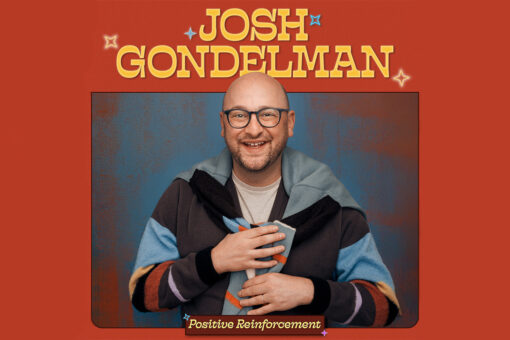My school, nestled in the Appalachian mountains of North Carolina, has a small Jewish population. But, like clockwork, around the Jewish High Holidays, anti-Semitic stickers in the form of photoshopped Nazi propaganda have surfaced on my campus for the past two years.
And the anti-Semitic stickers aren’t the first problem our Jewish community has had to deal with. Graffiti swastikas have been found on campus (along with other racist and anti-immigrant graffiti). In the early morning hours of the Trump inauguration on January 20, 2017, the local synagogue was vandalized.
It goes without saying: Being a visible Jew on my campus is not always easy. But this year, I felt brave. I felt brave seeing others being brave with their identities, and I also was fed up with feeling as if I had to hide. I did not want to be scared into taking off my Star of David necklace (as I had considered doing in the years past). So, I decided to wear not only my necklace, but also a kippah for the week of Rosh Hashanah. It would be an experiment of sorts.
In the past few years, I have delved more into my Jewish identity. I was raised in a multicultural household with a secular Ashkenazi mother and an atheist Latino father which resulted in limited exposure to both worlds. As I have become more religious, I have become curious about various practices, and after talking to a friend who has proclaimed their love for wearing a kippah on several occasions, I ordered a kippah for the High Holidays. I tried it on, and it felt good! It felt natural. I felt inspired to wear it more.
First off, it is important to say that I recognize my privilege as a Jewish person who is a part of the Reform movement in being able to put on and take off items that signify my “otherness” to other members of society. This is not something that many people can do. However, committing to a week of being visible on my campus still made me nervous.
I thought I knew what I was getting into. The same friend who so loves their kippah has experienced some less-than-friendly remarks about wearing it. I was curious to see what would happen if I wore one during a week when, especially in recent years, synagogues and the Jewish people are all on high-alert for anti-Semitic activity.
It did not go the way I expected, but in the best way possible.
I definitely noticed a few extra stares from random students, but wearing a kippah seemed to make me more approachable to the casual onlooker. A peer in one of my classes asked about Yom Kippur and what holidays were coming up for me — not from a place of malice, but genuine curiosity and a wish to learn. Strangers who were vaguely familiar with the Hebrew calendar and its timing wished me a “happy holiday,” even if they did not know exactly which holiday I was celebrating.
Not only that, but other Jews on campus were also more willing to have conversations with me about their Judaism. An acquaintance and I had a good conversation about what it meant to be Jewish on our campus, talking about how frustrating it could be to take time off of class and negotiate with professors so that we could observe holidays in the way we wanted to. He even commented that he had not been able to attend Friday night Shabbat services in some time because an organization he was a part of required him to attend a meeting at the same time.
A stranger struck up a conversation with me – because I was wearing my kippah — and asked me about the local synagogue. She also asked how the community would be observing Yom Kippur so that she could get involved.
For me, all of this extra social interaction surrounding my identity as a Jew was fine. However, for someone who wants to wear a kippah and not be an educator for the masses, it would be easy to get irritated or tired from being the go-to Jew. This role of “educator” is often an issue within marginalized communities; should you present a certain way, there is the automatic assumption that you will be a walking search engine for any questions involving that identity. It can become wearisome.
Since the increased visibility of white supremacists, there have been articles about women of African descent wrapping their hair and Jewish women wearing some of their Judaica that they have not touched since their bat mitzvah. I admire these people. They are creating dialogue, and perhaps adding a human face to some cultures which may otherwise be easy to ignore.
But it’s okay if you don’t want to visibly display your identity. Like me before this week, there are many who are not comfortable yet or believe they will be in danger should they make their identities more visible. You are valid and that does not make you any less a part of your community.
Wearing my kippah, I realized that allies outweigh those who may be violent, whether through thought, words, or actions. And this brings me great comfort for whatever may lay ahead, lending me the strength to perhaps even wear my kippah on a random Monday.



